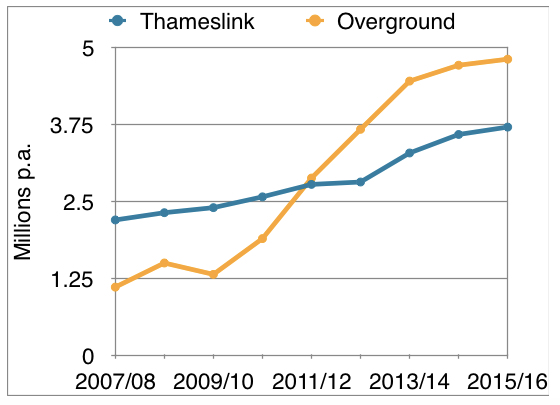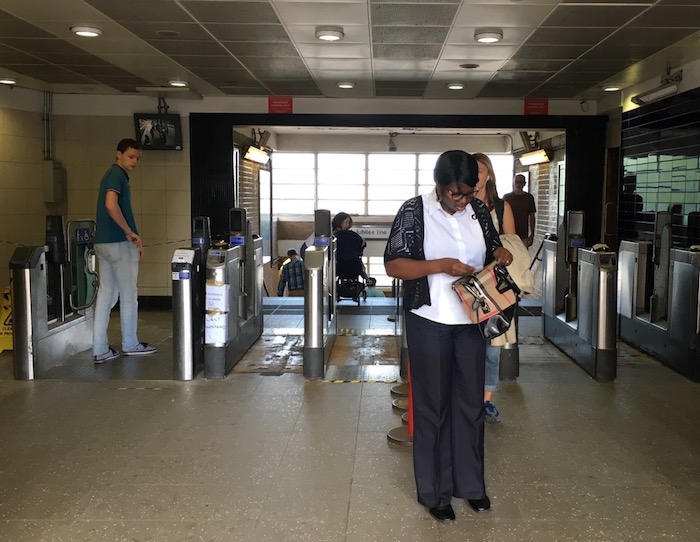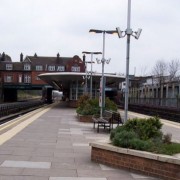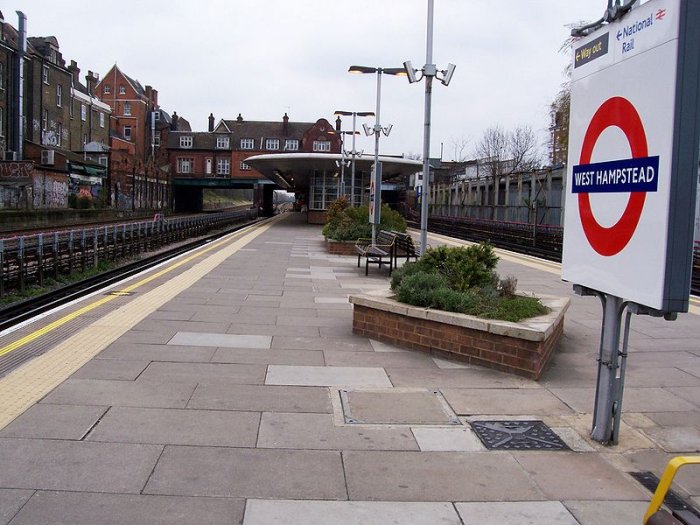No step closer to step-free access for West Hampstead tube station
Many local organisations have been pushing for step-free access to West Hampstead tube station over the past few years – even if opinion diverges on what the solution should be. It was therefore disappointing, as local residents association WHGARA pointed out recently, that West Hampstead was not included in the recent batch of stations to benefit from the Mayor’s £200 million fund for improvements.
At the end of 2017, TfL announced that “the next stations to benefit from step-free access will be Amersham, Buckhurst Hill, Cockfosters, Mill Hill East, Osterley and South Woodford.”
Collectively, these six stations have 15.5 million journeys each year (Mill Hill East has only 1.3 million journeys, the fewest on the Northern Line). West Hampstead station has 11 million journeys!
When we totted up the numbers last year, the three West Hampstead stations combined have nearly 20 million journeys a year and that’s up from 16 million in 2014.
Over the past five years we have had step-free access installed at the Thameslink station, and it is being fitted as part of the redevelopment of the Overground station. The Overground lifts were partly funded by £1.8 million from the Department for Transport’s Access for All fund.
Hope remains for the tube station. Georgia Gould, the leader of Camden Council, added her support when she came up to West Hampstead in her ‘tour de Camden’ to talk to local groups, and local tube staff have been tweeting about the issue and being more pro-active (thanks to new area staff) as they too can see it’s a sensible move. They deal with customers on a day-to-day basis (not just at West Hampstead but at other stations too) so have a sense of what needs doing.
“We are asked all the time to assist passengers,” said one member of staff. “Of course we’re happy to do it, but it takes us away from other work – and this is a station that is never not busy”.
Unsurprisingly, the issue comes down to money. TfL has said that it can cost up to £1 million to install a lift and the budget for a station refurbishment is about £10 million. At West Hampstead, a new lift and entrance is estimated to cost substantially more: £15 – £16 million, due to the engineering constraints of having the station on the bridge.
The Neighbourhood Development Forum has drawn up proposals for a ‘new’ station on the other side of the road. This would keep all the pedestrian flow between the stations on the same side of West End Lane, but has been costed at £25 million.
A cheaper option, suggested by station staff who know the layout of the station, is that a lift shaft could be installed where the now-defunct gent’s toilets were. Because West Hampstead is a single platform station, only one lift is needed. In response to a question from staff, TfL said it is minded to have a more comprehensive scheme that includes a lift and expanded access, as it expects further growth in passenger numbers once improvements to Thameslink are fully operational. However, it indicated it would be looking at doing a feasibility study.
The problems at West Hampstead are lack of step-free access and congestion at the entrance (improved by the recent addition of the extra gate). The platform itself is nice and wide and platform over-crowding is not a problem. If a lift could be installed in the gent’s loos would it be possible to take back space from one or other of the shops adjacent to the entrance to create more space and reduce overcrowding?
What is the best solution? It’s not obvious, but solving these problems rarely is. As the NDF put it “all ideas should be considered, but we are not in a position to judge on the feasibility of schemes”. It seems like it is time for TfL to come to a public meeting and explain its thinking.












